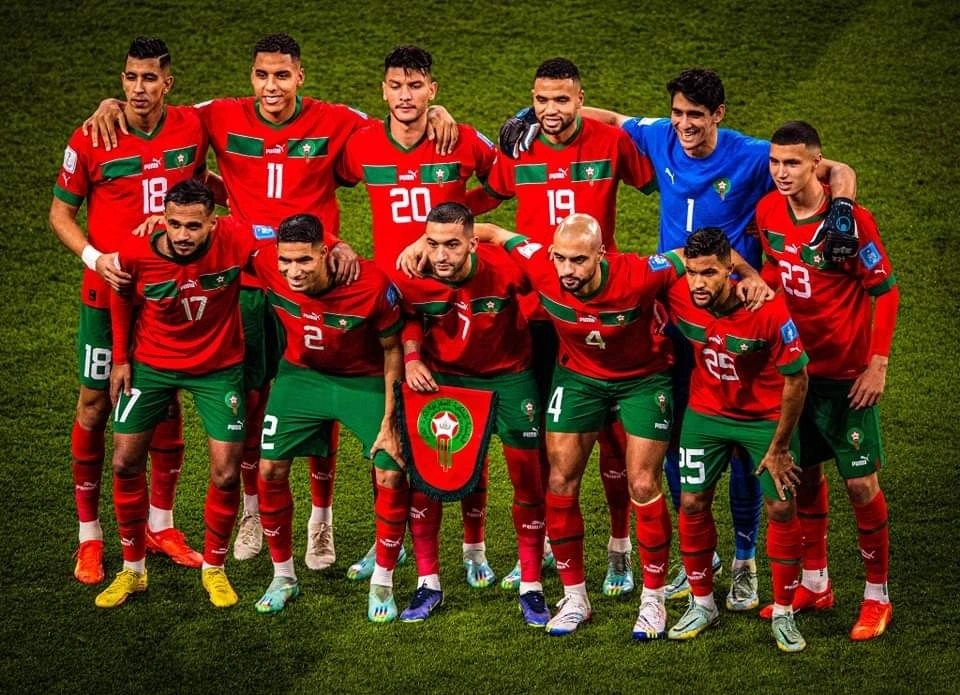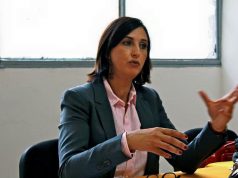
Editor’s Note: The following statement was released by the rating agency Fitch Ratings
PARIS, October 24 (Fitch)- Fitch Ratings has affirmed Morocco’s Long-term foreign and local currency Issuer Default Ratings (IDRs) at ‘BBB-‘ and ‘BBB’ respectively.
The issue ratings on Morocco’s senior unsecured foreign and local currency bonds were also affirmed at ‘BBB-‘ and ‘BBB’ respectively.
The Outlooks on the Long-term IDRs are Stable. The Country Ceiling was affirmed at ‘BBB’ and the Short-term foreign currency IDR at ‘F3’.
KEY RATING DRIVERS The ‘BBB-‘/’BBB’ ratings are supported by Morocco’s macro and political stability in a volatile global and regional environment.
GDP growth has been resilient despite low external demand from Europe, Morocco’s key economic partner. The widening of the country’s budget and current account deficits in 2011 and 2012 has led to a marked increase in government and net external debt to 49.3% and 13% of GDP, respectively, in 2014, from 35% and -5.5% in 2010, reducing policy buffers. However, Fitch expects the twin deficits to continue to narrow from the 2012 peak, supported by a strong political commitment to reform as illustrated by the gradual removal of budget subsidies on energy prices since 2012.
Structural indicators, however, are weaker than peers. Morocco’s IDRs also reflect the following key rating drivers:
-Fitch expects the central government deficit will narrow to 5% of GDP in 2014 and 4.5% in 2015 (from 5.2% in 2013 and 7% in 2012), primarily due to lower spending on subsidies and contained current expenditure. Higher GDP growth and commitment to fiscal discipline should bring further fiscal consolidation by 2016. Crucially, following the reform on subsidies, the budget outcome is much less dependent on oil price volatility. -Fitch expects the current account deficit will narrow to 6.7% of GDP in 2014, 5.8% in 2015 and 4.9% in 2016 (from 7.6% in 2013 and 9.7% in 2012), as a result of fiscal tightening, ramping up of new industrial exports and an improved global environment. Official foreign reserves (FX) are strengthening, totalling USD20bn in mid-October 2014 (up 14% yoy), primarily reflecting 2014 eurobond issuance and an improved current account.
-Growth of non-agricultural output is set to accelerate to 4% in 2014 (from 2.3% in 2013), driven by the expansion of new industrial sectors, a resilient tourism sector (+8% arrivals over the first seven months of the year) and some recovery in domestic demand. Fitch expects growth will accelerate to 4.3% in 2015 and 4.8% in 2016, supported by reforms and an improved global environment. The main risk is a continuing lacklustre performance in Europe which accounts for 80% of foreign tourists, 66% of exports, 72% of remittances in Morocco.
-Morocco continues to benefit from strong external official support. The recent renewal of a two-year IMF precautionary liquidity line (worth USD5bn or 4.5% of GDP) provides an emergency credit line but the authorities have indicated they have no intention to draw on it. The IMF programme will serve as an anchor for reforms. Grants from the Gulf Cooperation Council countries worth USD5bn (5% of GDP) are being disbursed to finance infrastructure projects over 2013-2017.
-Structural indicators are generally weaker than similarly rated peers. UN Human Development index scores are weak, and GDP per capita is lower than the peers’ median. Governance indicators and the business environment are also weaker than peers’ despite some recent improvement (Ease of Doing Business ranking improved to 87 from 95 in the 2014 survey by the World Bank).
RATING SENSITIVITIES:
The Stable Outlook reflects Fitch’s assessment that upside and downside risks to the rating are currently well-balanced. The main factors that individually or collectively might lead to rating action are as follows:
Positive:
-A substantive narrowing in Morocco’s twin deficits materially reducing the vulnerability of the economy to shocks.
-Higher growth trajectory that facilitates an increase in per capita income level and an improvement in social indicators (e.g. youth unemployment, poverty).
Negative:
-Inability to narrow the fiscal deficit that undermines the government’s debt dynamics.
-A weakening economic performance and sharply rising net external debt in the face of external shocks, such as weaker-than-expected eurozone performance
-Social instability constraining the political scope for reform
KEY ASSUMPTIONS:
The Stable Outlook anticipates a gradual narrowing of the budget and the current account deficits from the peak of 2012 that will allow public debt to stabilise and a gradual rebuilding of FX reserves. Fitch assumes continuing reform in a context of social and political stability. Fitch assumes a gradual economic recovery in the eurozone, to 1.3% in 2015 and 1.5% in 2016 from 0.9% in 2014. Growth in France and Spain, the two key economic partners, is forecast at respectively 0.8% in 2015 and 1.2% in 2016, up from 0.4% in 2014, and 1.5% for both 2015 and 2016, up from 1.3% in 2014. Fitch assumes oil prices will decline to USD95/barrel by 2016 from USD105/barrel in 2014.






